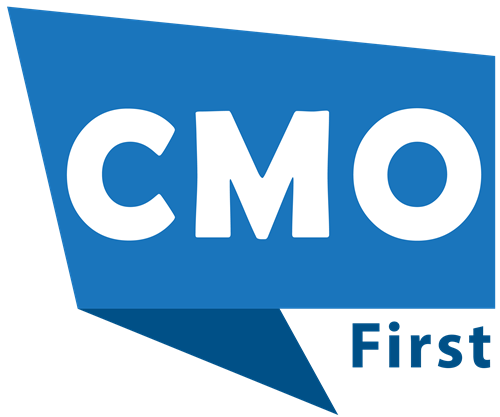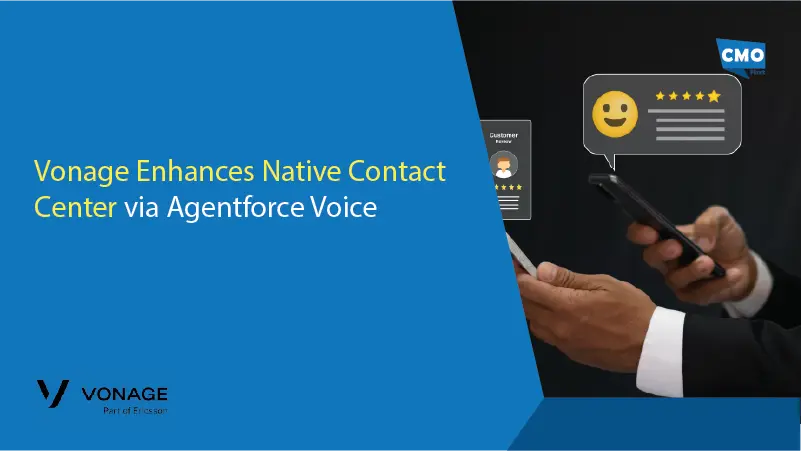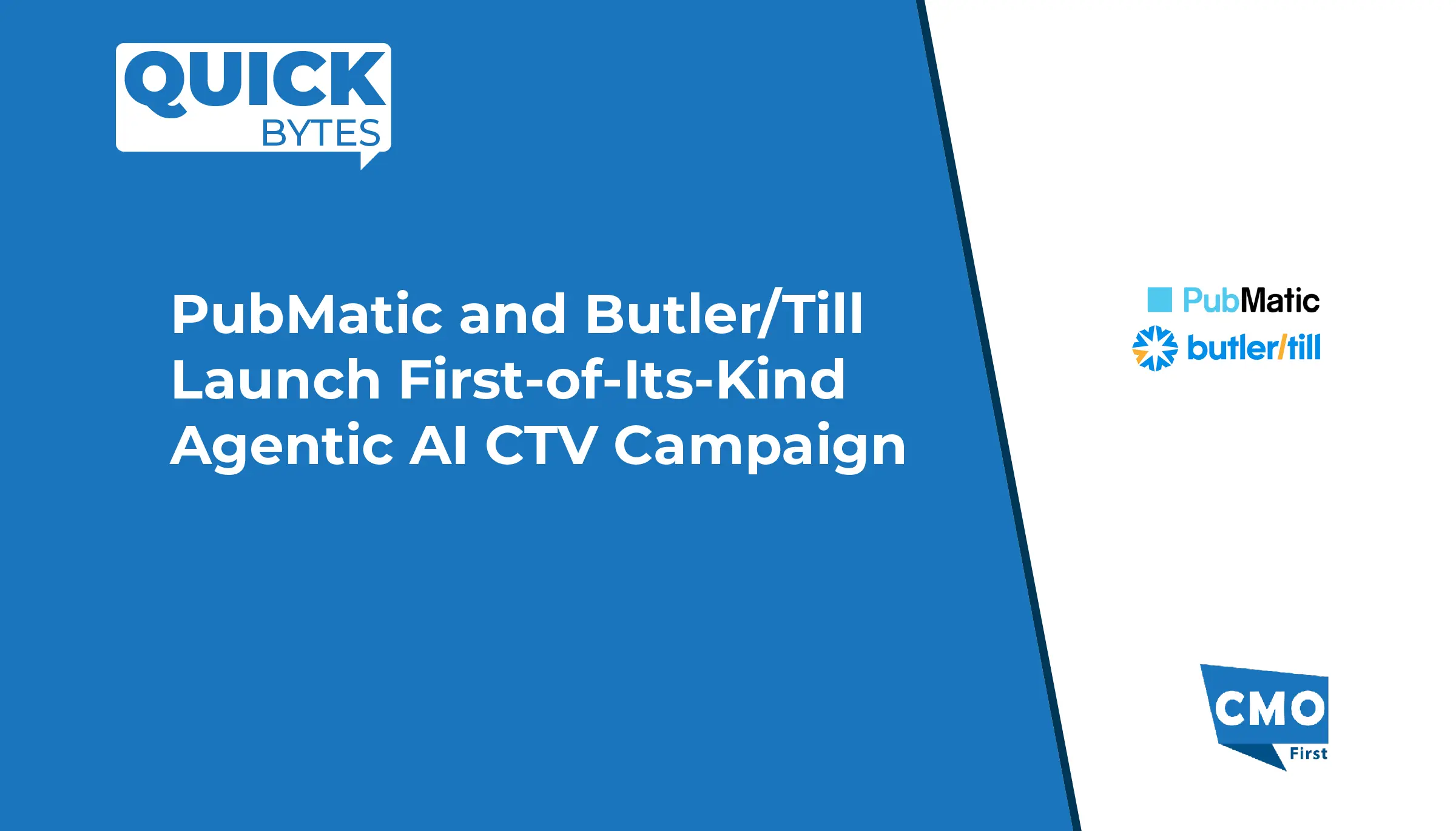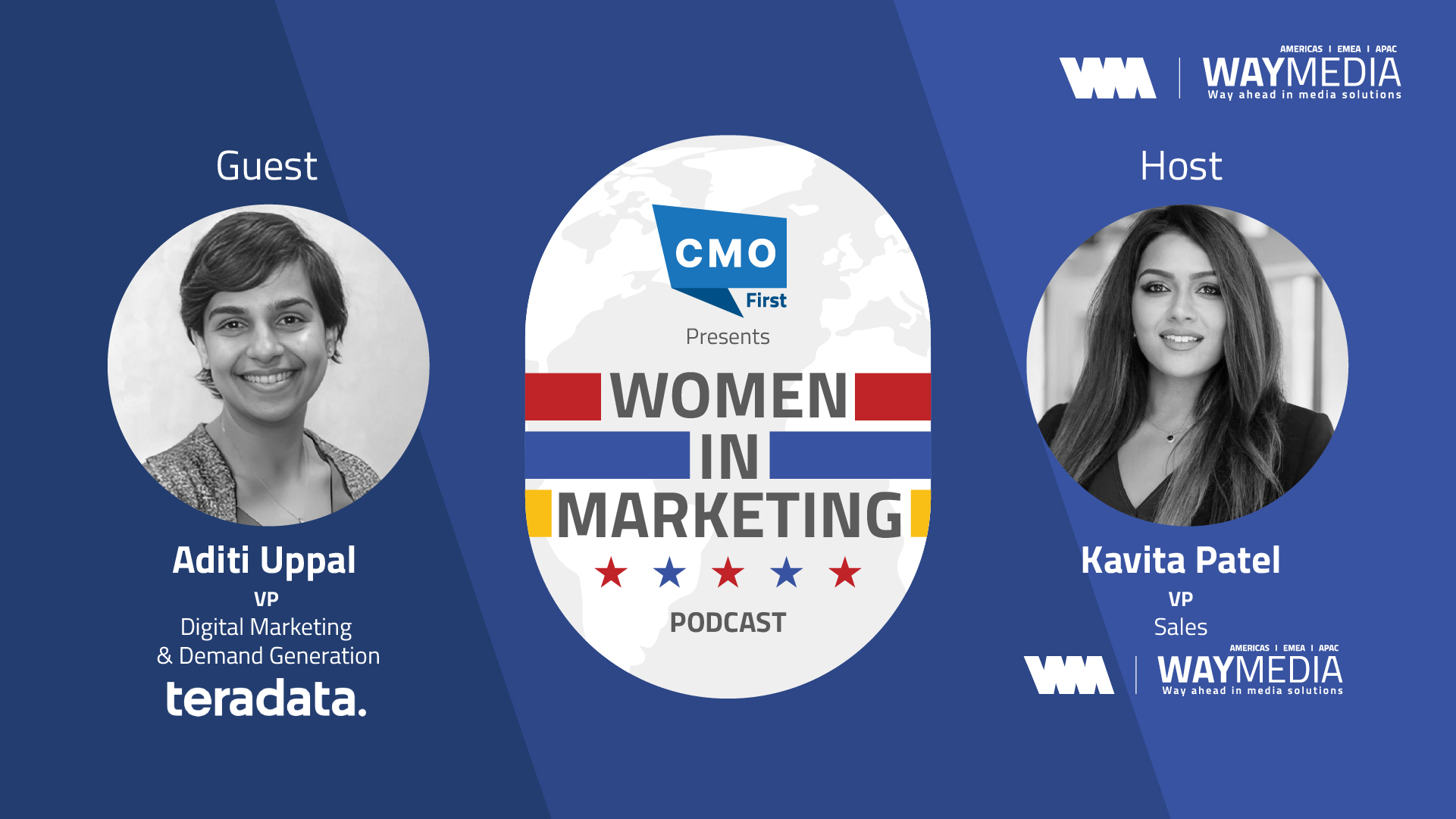Content marketing has emerged as a key tactic in all business playbooks. Creating blogs and articles is no longer the only aspect of content marketing. There’s so much more to it. Videos, podcasts, emails, and social media posts are just a few examples of the diverse creative content that is included. The goal is to establish an emotional connection with them. You’re also imparting knowledge and fostering a sense of familiarity with your brand.
Content marketing is an essential component of any plan, regardless of whether you are leading your own business or competing in the corporate rat race. According to a startling statistic, 70% of B2C and 73% of B2B marketers incorporate content marketing into their entire marketing strategy.
Here’s where it gets tricky. Few B2C marketers are truly confident in the outcomes of this marketing type, despite the fact that many others have begun using it. This demonstrates that a large number of content producers still have difficulty making their efforts truly impactful.
The question is, however, why brand storytelling doesn’t always live up to expectations. As we continue, these reasons may sound familiar to you. Discover the hidden elements that contribute to the appeal of content strategy by reading on to see whether they align with your personal experiences.
Also Read: B2B Ignite 2025: Where Future-Ready B2B Marketing Takes Center Stage
What is Content Marketing?

Content marketing means creating and sharing content. The goal is to attract an audience and turn them into customers. It focuses on useful and relevant information. This makes it easier for potential buyers to understand and engage. It should spark curiosity and start a dialogue about a specific service or product rather than trying to sell a brand.
There are numerous instances of content strategy in existence. Some include blogs, podcasts, videos, articles, and newsletters.
Is Content Marketing Dead?
No, content marketing has just evolved in recent years, but it is still a very successful marketing strategy. First, take into account these facts:
- Before speaking with a sales representative, 47% of B2B buyers look at three to five pieces of material.
- According to the Content Marketing Institute, 76% of B2C marketers believe their company’s content strategy approach is effective.
- Google’s search algorithm now includes pictures, voice/podcasts, and videos in addition to text. So, if content wasn’t still king, why would the biggest and most powerful search engine in the world be doing this?
The aforementioned model used to work well for almost any routinely produced content.
Content strategy has been improved, but it is still alive. It will be less successful for those that don’t evolve and adapt, and they’ll rapidly conclude that it’s no longer effective.
Why Does Content Marketing Fail and What Should Be Done Next?
1. There is No Content Plan in Place: No Strategy Was Discovered
Success depends on having a plan, just like with any other marketing strategy. Not having a content strategy can lead to poor results. It might be the main reason your content isn’t working.
A basic plan is better than none at all. It helps you keep an eye on what’s working and what isn’t.
This way, you can make changes and improve over time. Without a strategy, you risk repeating the same mistakes. That can waste time, increase costs, and damage your brand.
Here’s How to Create an Effective Content Marketing Strategy:
- Establish your goals first, whether it’s to increase views, shares, visitors, clicks or sales.
- Continuously track, observe and measure the metrics you want to take a broad view of marketing, including your target market, revenue, profit and brand identity.
2. The Consistency of Your Content is Lacking
Although having a content strategy is important, its impact on your audience may be diminished if not implemented. Think of it this way: influencers always say how important it is to maintain a schedule to keep people interested. Regular content acts as a gentle reminder for your audience, just like YouTube’s bell icon or Instagram notifications. Posting on the same day or time every week will simplify things. To assist with content planning and distribution, you can also employ tools. Consistency isn’t just for influencers. It’s a smart strategy for brands too.
How Can Content Be Consistent?
- You may plan and produce content across several channels with the aid of a variety of tools.
- Set aside time every day to respond to messages and comments. This improves connection with your audience.
- Plan time to create multiple pieces of content in advance to reduce stress at the last minute.
3. In Content Marketing, Are You Forgetting the Word ‘Marketing’?
The quickest way to undermine your content advertising efforts is to neglect your material after it has been created. Promotion is another crucial component; content production is only the first step. The two main elements of content strategy are:
- Creating content
- promoting content
So, How Do You Market Your Work Effectively?
- Post the message on all of your social media These can include LinkedIn, Instagram, and Facebook.
- Use emails to keep your readers interested and informed.
- Work together with important industry influencers who can help spread the word about your work.
- Make connections with other website owners and bloggers and ask them to share your work.
4. You Present the Hard Truth, Yet Your Content is Uninspired and Unauthentic
Creating relatable content is more important in the field of content marketing than simply creating content. Producing poor quality content negatively impacts your brand’s performance and damages its reputation.
Audiences immediately reject content which is boring, repetitive, and unauthentic for them. Additionally, if your content is inaccurate and untrue, engaging them becomes a pipe dream.
Advice on Creating Original Content
- Remember your targeted audience when you start creating content. What difficulties do they encounter?
- Will the customer see what you have to offer? When are they going to see it on their journey?
- Make sure your material speaks to your audience personally and accurately conveys your brand’s story.
5. Do You Face Competition from Big Sharks?
You may find yourself in a very congested area where many individuals are attempting to accomplish the same goal, depending on what you do. It can be difficult if you’re new and not as large as those large corporations that have a lot of advertising funds. That doesn’t mean you can’t make it, though.
Giving up because it’s tough is the worst thing you can do. Rather, focus on building a community as a whole and keep creating something fresh.
How Can You Outsmart Your Rivals?
- Look for a particular, less-crowded approach or issue inside your sector. You can stand out by being a huge fish in a little pond.
- Make personal connections with your audience. Answer messages, emails, and comments.
- Don’t only sell your own goods; use your content to make your audience’s lives better.
6. You’re Underestimating SEO’s Worth

Regarding digital marketing unlike rivals, SEO and content marketing work together. Creating great content is awesome, but it won’t help much if no one can find it. That’s why you need to think about how to make it easy for your audience to discover it online.
Finding out what people are really looking for is the right thing to start with. To do this, you can try tools like SEMrush, BuzzSumo, or Moz. These tools assist you in selecting the best keywords to include in it.
Now, to improve your work even further and make it more accessible:
- Make sure to include links, titles, descriptions, and other keyword-optimized tags in your content. These elements help both users and search engines find your content more easily.
- They also improve how your content shows up in search results. A well-written title or description can grab attention and encourage more clicks.
7. You are Not Analyzing and Updating Your Content
It’s critical to monitor the performance of your content and make necessary improvements. You must determine the number of readers and whether they find it interesting. To solve this, you can use tools. You can make changes to improve anything that isn’t working.
How Can You Verify the Performance of Your Content?
- Make time to check the performance of your content on a frequent basis. This might happen every week, every month, or as needed.
- To find out how many people are viewing your material, where they are coming from, and what they are doing on your page, use tools such as Google Analytics.
- Take note of the subjects or kinds of content that are receiving the most attention.
In Conclusion, is Content marketing Dead?
So feel free to turn around and tell someone that they don’t know how to do it correctly the next time they claim that content strategy is no longer relevant.
Today, it is still very much in use and is just getting bigger. However, if their clickbaiting titles aren’t drawing as many people as they once did, some companies might give up on it.
You can employ content strategy to your benefit if you are ready to adapt changes and keep in mind to adjust to your audience.






















Leave a Reply